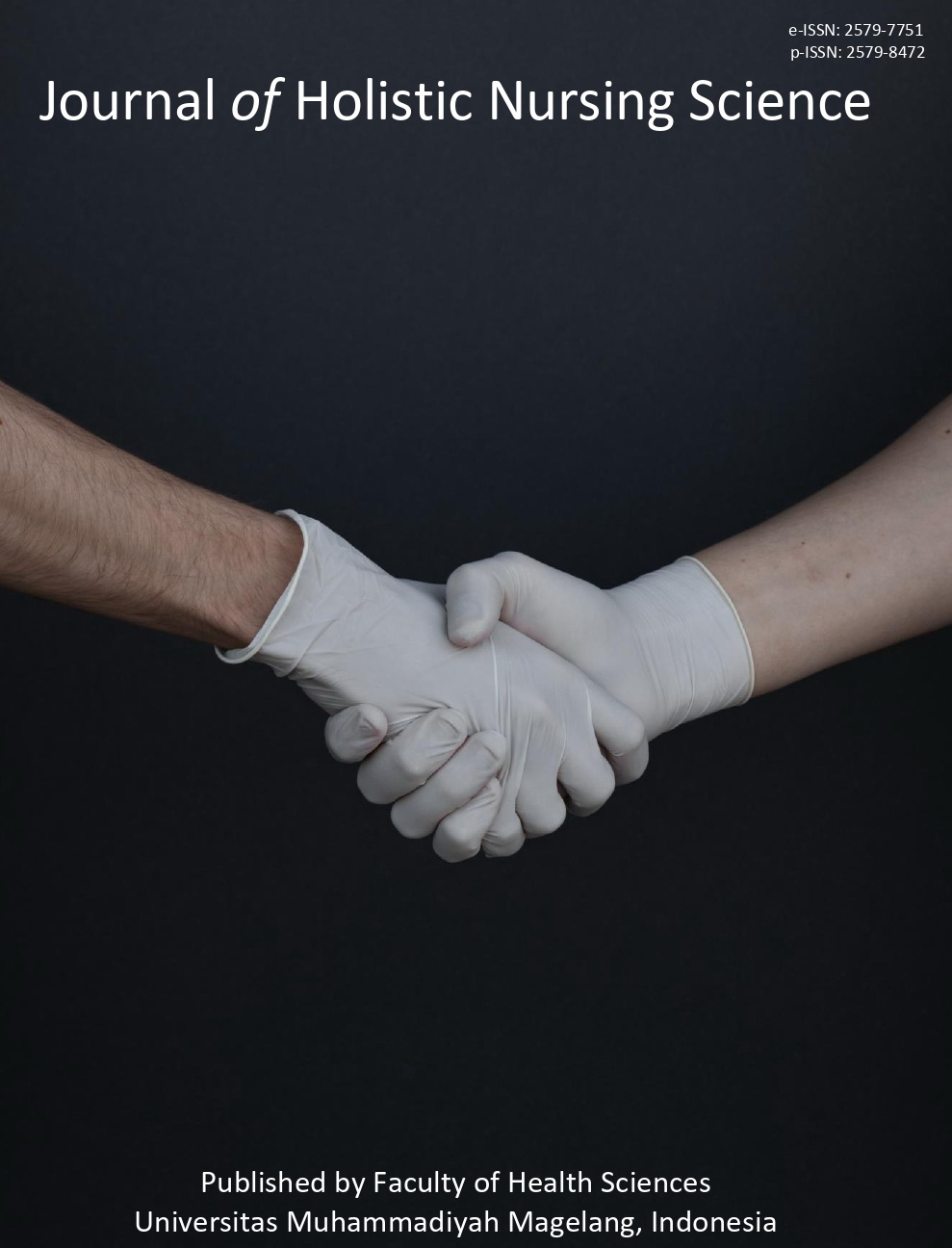ANALISIS FAKTOR INSTRUMEN EFIKASI DIRI PENCEGAHAN PERILAKU BERISIKO HIV
Main Article Content
Abstract
The young people will perform better in prevention of the HIV-risk behavior if they have a good self-efficacy. Self-efficacy in the prevention of HIV-risk behavior is the belief in the ability to successfully prevent in engagement of HIV-risk behavior. The study involved 404 young people from 16 faculties at one of the universities in West Java. Self-efficacy in the prevention of the HIV-risk behavior measured by 21 items divided into six aspects of the HIV-risk behaviors. Self-efficacy in the prevention of the HIV-risk behavior scale used to reflect six aspects, namely pre-marital sexual intercourse, watching porn videos, drug use, using a tattoo needle, talking about sexual relationship, and ignores the partner's HIV status. Based on the result of principal component analysis, the obtained result indicate that items measuring variables was spread into six constructs. While the confirmatory factor analysis declared fit with empirical data because it has met the criteria on the overall goodness of fit parameters. Self-efficacy in the prevention of HIV-risk behavior instrument declared can measure self-efficacy in the prevention of HIV-risk behavior scale especially among the young generation.
Downloads
Article Details
Authors who publish their articles in JHNS retain full copyright of their work. JHNS does not require authors to transfer their copyright to the journal or Universitas Muhammadiyah Magelang as the publisher. The authors grant JHNS a license for the first publication.
